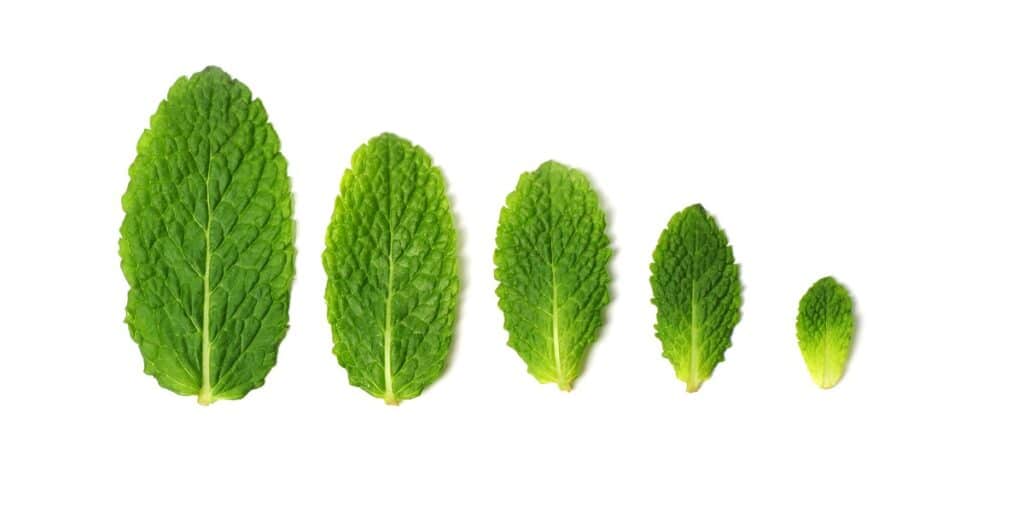How to Do a Kit-free Midiprep

Commercial kits are supposed to be to homemade protocols what lifts are to stairs: they should work faster and save you physical exertion. However, in many cases, taking the staircase (e.g. the DIY approach) works better in some ways – and it is always cheaper. Bitesize Bio has previously published protocols for homemade plasmid minipreps. I’d like to share a protocol for a kit-free midiprep, which, if not faster, gives a larger plasmid DNA yield than any commercial midiprep kit I know.
1) Inoculate and grow bacteria in 50 ml of selective medium.
2) Harvest bacteria by centrifugation and decant the supernatant. Resuspend pellet in 2 ml TEG buffer (100 mM Tris-HCl pH8, 2 mM EDTA, 20% glucose).
3) Add 4 ml of solution NS (0.2M NaOH, 1% w/v SDS), mix by inversion.
4) Add 2.5 ml of 3M sodium acetate pH 5.3, mix by inversion.
5) Spin down at top speed (usually around 4000 rpm) for 15 min. If after the centrifugation, an egg white-like substance is still floating in the tube, interfering with supernatant removal, repeat spin.
6) Transfer the supernatant to a fresh falcon tube, add an equal volume of isopropanol, mix by inversion, and spin down for 15 min.
7) Discard supernatant, wash white pellet with 70% ethanol, and leave to air dry for 15 min.
8) Resuspend the pellet, which contains a lot of RNA, in 0.5 ml TE to which 5 µL of 10mg/ml RNAse A has been added, and incubate for 30 minutes at 37°C.
9) Transfer the solution to a fresh Eppendorf and phenol extract until the interface between the top and bottom layer is clear (usually twice is enough).
10) Precipitate DNA and resuspend in 300 µl TE. The final DNA concentration is typically 2-4 µg/µl.
The original publication describing alkaline extraction of DNA can be found here.
What I don’t like about this protocol is, of course, phenol extraction, and would be happy if anyone can suggest an alternative. What’s your take on DIY nucleic acid purification protocols?
For more tips, tricks, and hacks for getting your experiments done, check out the Bitesize Bio DIY in the Lab Hub.
1 Comments
Leave a Comment
You must be logged in to post a comment.
Using this protocol do you get transfection grade plasmid which is lps free ?